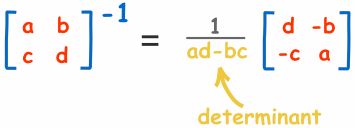AsSalamoAlaikum Wr Wb...
Stuck somewhere in Maths?? Post your queries here! Members around will help you InshaAllah.
NOTE: If you have any doubt in the pastpper questions, then kindly post the link to the paper!
May Allah give us all success in this world as well as the HereAfter...Aameen!!
SEQUENCES-Points to remember:
Many people find it hard, but to be honest it's just more of logic..that's all!
Sequences!
Using log for indices.
please help with q: 17c, 18 a and 19th .jazakallahkhair.

